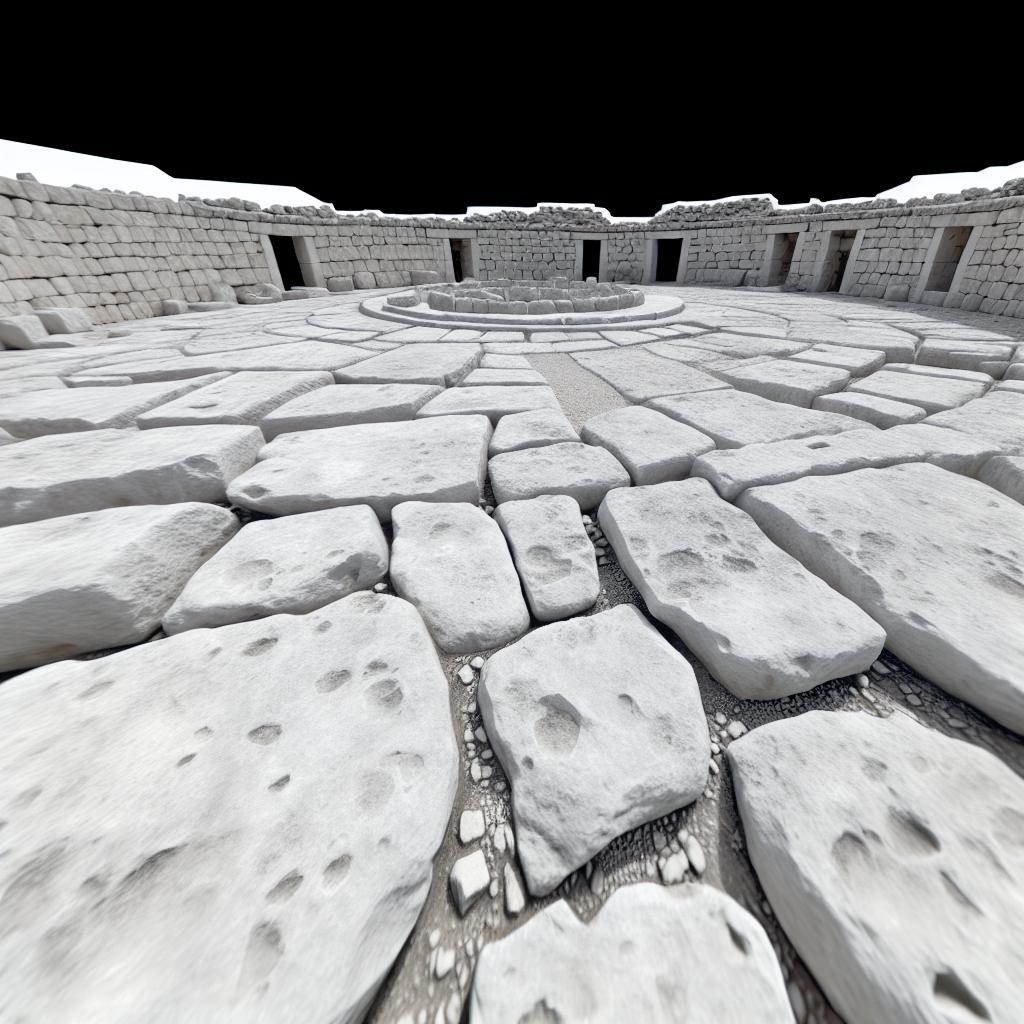Overview of the Ġgantija Temples
The Ġgantija Temples, located on the quaint Maltese island of Gozo, stand as a testament to human ingenuity and ancient architectural prowess. This site is part of a compilation of seven megalithic temples found across the Maltese islands of Malta and Gozo, renowned as some of the oldest religious monuments globally. Constructed between 3600 and 3200 BC, the Ġgantija Temples predate other famous ancient structures such as Stonehenge and the Egyptian pyramids, reflecting a rich historical legacy.
Historical Significance
The temples at Ġgantija are celebrated for their intricate, multi-chambered architectural design. They represent one of the first known instances of freestanding stone buildings worldwide. The temples derive their name, “Ġgantija,” from the Maltese term for giant, aptly reflecting the colossal limestone blocks employed in their construction. According to local folklore, the grand scale of these blocks led to the belief that giants were involved in the temples’ creation, adding an element of myth and intrigue to their historical narrative.
Construction and Architecture
The construction of the Ġgantija Temples illustrates advanced architectural techniques, particularly remarkable for their era. Using coralline limestone, known for its durability, the builders ensured that the structures could withstand the passage of millennia. The complex comprises two temples enveloped within a sturdy boundary wall, creating a unified archaeological site. Of the two, the southern temple is older and remains in a state of impressive preservation.
Significant Features:
The temples are particularly noted for a series of semi-circular apses connected by a central corridor. The varied sizes and shapes of each apse point to a sophisticated level of design and architectural planning. These features speak volumes about the capabilities and artistic vision of the ancient builders.
Artifacts and Cultural Insights
Numerous artifacts have been unearthed at the Ġgantija Temples, shedding light on the prehistoric culture that flourished in this region. Among these discoveries are pottery fragments, animal bones, and stone tools. Such findings suggest that the site served dual ceremonial and religious purposes, acting as a focal point for community and spiritual gatherings. Notably, statuettes dubbed the “fat ladies” were uncovered, representing fertility and providing keen insight into the spiritual practices and beliefs of the temple’s creators.
Beyond their artistic appeal, these artifacts serve as vital links to understanding the social and religious life of the temple builders. They indicate a thriving society with religious or ritualistic traditions rooted in the symbolism of fertility and nature.
Visitor Information
In the present day, the Ġgantija Temples draw tourists and history enthusiasts from around the globe, recognized as a UNESCO World Heritage Site. Visitors to the site can engage in guided tours and explore informative displays that delve into the site’s history and significance. Managed by the Heritage Malta organization, the temples are meticulously preserved to ensure they remain a treasured part of global cultural heritage for future generations.
For details on planning a visit to the Ġgantija Temples, potential visitors can consult the official Heritage Malta website, where they will find comprehensive resources and guidance.
In summary, the Ġgantija Temples go beyond being mere stone structures; they encapsulate a significant chapter in human history. Offering a unique glimpse into prehistoric life and religious practices, these ancient edifices continue to inspire awe and admiration. They are an enduring testimony to the innovative spirit and cultural richness of their builders, remaining a pivotal monument of humanity’s shared heritage.

